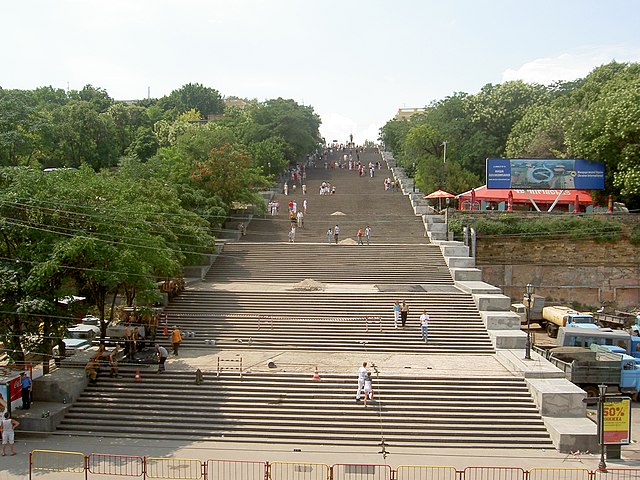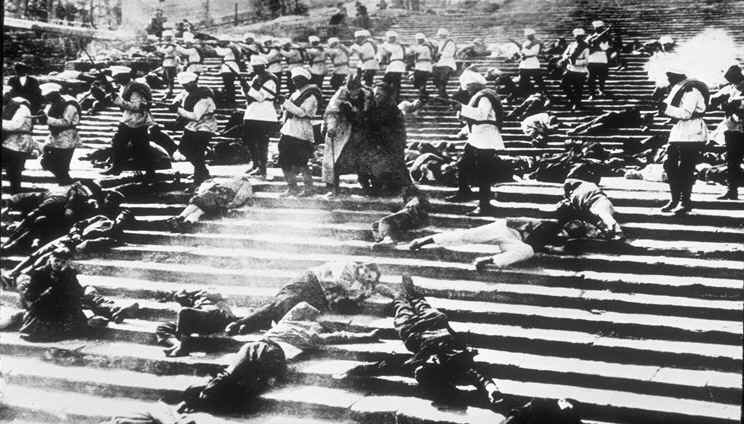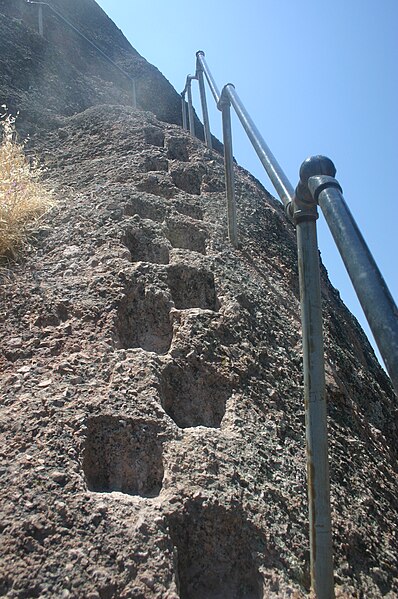Post 140 ⇒ by Gautam Shah
.
Projects or their near independent systems, when nearly ready, begin to
function or need to be operated early. Systems, for example, such as the
load-bearing entities become operative as soon as installed or the
supports are removed. Similarly systems like stairs and elevators or
water supply etc. are made operative for use by construction
personnel. Some systems need to be run-tested for certification, safety
and other guarantees and warrantees to be effective.
 |
| Towering inferno, a movie of 1974 showed how important are the Operations Manual and Specifications for fighting fires |
A system that is operative also becomes due for regular maintenance,
servicing, repair, safety and security observance, and comes under the
scope risk-management (such as insurance, fire, etc.). Operations’
Specifications relate to terms and conditions of operating and
maintaining various systems of the project. For small, simple and
projects of routine nature there may not be any acute need to create
a set of such documents. Complex projects, however, require
professional operators who may need not be the original contractor or
vendors. These third party operators need a formal assignment of their
work and responsibilities. The assignments delineating these are the
operations manuals. Operations manuals are not just handed to
assigned or contracted operators, but placed in an accessible location
for emergency reference.
 |
| Escalator maintenance Operation > Wikipedia image by Dailongumuneka |
Projects of routine and simple nature are distinctly delivered -
handed over to the client or user, according to a defined process and
schedule. The client or user, thereafter on their own, or through other
agencies, manage and operate the system.
In case of complex projects, however, consist of several subsystems
which begin to be operative as soon as these are installed. Contractors
and vendors use such subsystems during the execution of the project
(such as stairs, drainage & water supply system etc.), and sometimes
manage them till the project is delivered. In cases like, turnkey projects,
some of the subsystems must be operated for trial and verification.
 |
| Nose section of Boeing 747 tested with pressure tanks > Wikipedia image by Oliver Cleynen |
Operations specification for traditional material specifications+
processes of construction or assembly are different from projects
“delivered” through Performance Specifications. Projects conceived
through Performance Specifications invariably have many built in
provisions for care of the main and subsystems during their emergent
phase. For routine projects, in many organizations, the job of operations
and maintenance is handled through departmental facilities or out
sourced to specialized agencies. In both cases, yet a strategy is required
for dealing with probable conditions and also for less-predictable
situations (disasters, crisis). Designers of the system may provide such
a strategy, or specialist agencies are required to prepare the operational
specifications.
Forms of Operations Specifications
Operations specifications become key instructions during crisis. The
agency that evolves the operational specifications, such as Owner,
Designer, or Operator of the systems, each may adopt a varied
strategy, often lacking coordination to deal with the situation.
Professionals are now available, who can independently assess a
building system, and prepare a set of operations specifications.
_officers_demonstrate_how_to_enter_a_building_during_an_evidence_collection_class_at_Forward_Operating_Base_Zeebrugge_in_Kajaki%2C_Helmand_province%2C_Afghanistan%2C_May_4%2C_2013_130504-M-TQ917-138.jpg/640px-thumbnail.jpg) |
| During emergency there is little time for understanding a layout > Wikipedia image by Cpl Trent A. Randolph |
Operations specifications are often more graphical then written to
make its access non technical, and free of language barriers. Many
specifications are in the form of signage, instructions or warning signals.
These specifications may not occur as a single comprehensive document
but distributed across the estate. Repairs and maintenance work, need to
be scheduled with other plans of actions. Operations specifications also
include methods of observance, supervision and feedback systems.
.
Conditions for Creating and Providing the Operations Specifications
1 System Designer, System Provider (contractor, fabricator,
vendor), and the System Operator, each of the roles should be
clearly defined.
2 A System Provider must distinctly (formally) handover (deliver)
the System (whole or self-sufficient parts of it) to the Client or
appointed System Operators, as provided in the contract.
3 A System Designer and System Provider, together evolve the
Operations Specifications. Only one of them is made responsible
for Formal Transfer of the Operations Specifications' Documents to
the operative agency.
4 System Designer (or the client) must see those necessary
guarantees as available from Vendors and Sub contractors, and
as provided by the main System Contractor, are transmitted to
the Client. Alternatively a third party agency is appointed to
create them afresh, and also affect such a transmission of
guarantees.
.


_(3443193731).jpg/640px-Climbing_up_to_Angels_Landing_(Zion_National_Park)_(3443193731).jpg)












